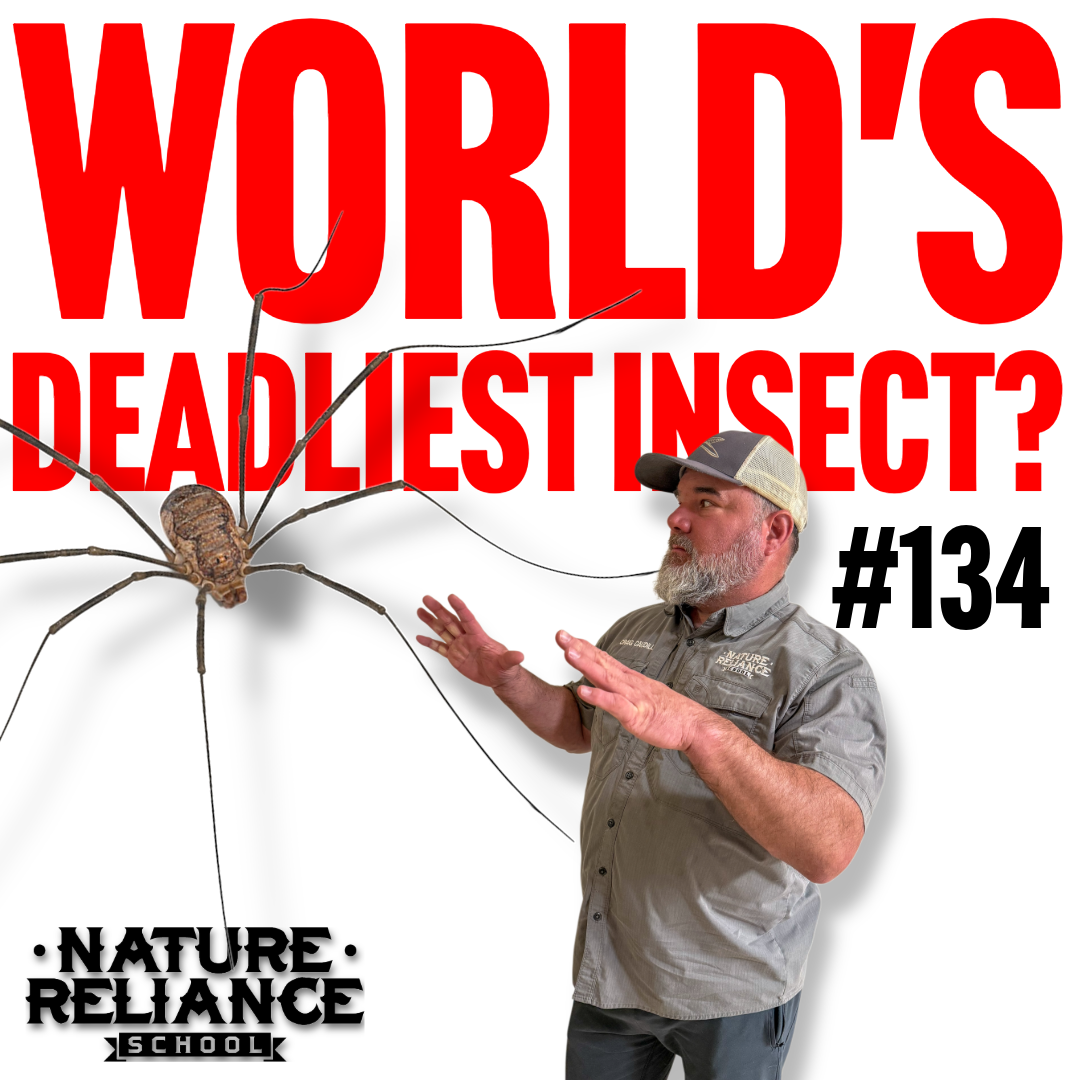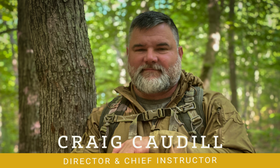
Daddy Long Legs Explained: What They Are and Why They’re Unique
You can also watch this video on our Youtube Channel
Craig Caudill and Blake Newton, an entomologist at the University of Kentucky, discuss the misconceptions about harvestmen, commonly known as "granddaddy long legs." Harvestmen are not spiders and lack venom, despite being mistakenly called the most venomous spider. They have about 20 species in Kentucky and 15,000 globally. Newton also clarifies some details about medical research with Black Widow and Brown Recluse venom. He emphasizes the importance of tick prevention and proper removal. He then discusses that most biting mosquitoes in Kentucky are invasive species. The conversation also touches on the broader entomology, including the impact of habitat loss on insect populations and the potential of insects as a food source.
Outline
Granddaddy Long Legs and Harvestmen
- Craig Caudill introduces the topic of granddaddy long legs, also known as harvestmen, and their supposed poisonous nature.
- Craig mentions his conversation with Blake Newton, an entomologist at the University of Kentucky, about various entomological topics.
- Blake explains his background, including his education at the University of Kentucky and his master's research on harvestmen.
- Blake shares his personal story of overcoming a fear of bugs and becoming fascinated by insects through education.
Harvestmen and Their Characteristics
- Blake clarifies that harvestmen, also called daddy long legs, are not spiders but belong to the arachnid group.
- He explains the common misconception that harvestmen are the most venomous spiders, emphasizing that they have no fangs or venom.
- Blake describes the physical characteristics of harvestmen, including their circular body and long, thin legs.
- He mentions that harvestmen are scavengers, eating dead insects, plant material, and insect eggs.
Harvestmen Behavior and Defense Mechanisms
- Blake discusses the aggregation behavior of harvestmen, suggesting it might be related to mating.
- He explains the differences between male and female harvestmen, noting that males often have tusks.
- Blake describes the defense mechanisms of harvestmen, including autonomy (the ability to lose a leg) and the production of nasty-tasting chemicals.
- He mentions that harvestmen are not a favorite food for many predators due to their unpleasant taste.
Spiders of Kentucky and Arachnid Ecology
- Craig and Blake discuss the spiders of Kentucky, focusing on medically significant species like black widows and brown recluses.
- Blake explains that black widows are common in urban areas and forests, often found in hidden places like manhole covers and hollow trees.
- He describes the venomous characteristics of black widows and the immediate symptoms of their bites.
- Blake contrasts black widows with brown recluses, noting that brown recluses are indoor creatures and their venom can cause necrotizing wounds.
Ticks and Their Impact
- Blake shifts the discussion to ticks, emphasizing the importance of tick prevention due to the various diseases they can transmit.
- He explains the use of repellents like DEET, picaridin, and permethrin to protect against ticks.
- Blake describes the proper method for removing ticks, including grabbing them by the mouth parts to avoid squeezing pathogens into the skin.
- He mentions the importance of consulting a physician if a tick bite is suspected and the potential for ticks to transmit diseases like Lyme disease and red meat allergy.
Mosquitoes and Invasive Species
- Blake discusses the role of mosquitoes in the ecosystem, noting that most biting mosquitoes in Kentucky are invasive species like the Asian tiger mosquito.
- He explains the impact of invasive species on local ecosystems and the importance of controlling their spread.
- Blake mentions the decline in global insect populations and the need to preserve natural habitats to maintain biodiversity.
- He highlights the negative impact of habitat destruction on insect populations and the importance of environmental conservation.
Insects in Human Diets and Future Research
- Blake briefly touches on the use of insects in human diets in other parts of the world and the potential for insects as a food source in the future.
- He expresses concerns about the potential social and economic implications of insect consumption, suggesting it could exacerbate existing inequalities.
- Blake discusses the challenges of raising insects for food, noting that it is not as straightforward as raising livestock.
- He mentions ongoing research at the University of Kentucky on pollinator habitat and the importance of protecting pollinators for overall ecosystem health.
Blake's Personal Perspective and Final Thoughts
- Blake shares his personal perspective on the importance of understanding and appreciating the biodiversity of insects.
- He emphasizes the delicate balance of nature and the need to preserve all parts of the environment, not just the visually appealing ones.
- Blake encourages people to learn more about entomology and the role of insects in the ecosystem.
- He provides information on how to follow the research and activities of the University of Kentucky's Entomology Department.

